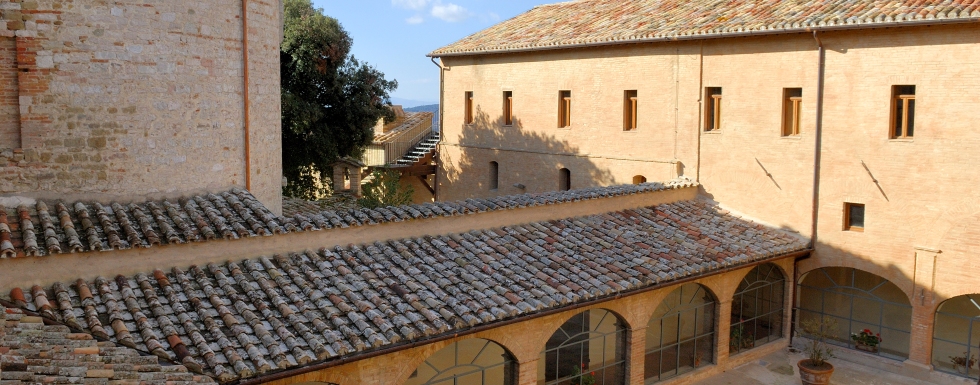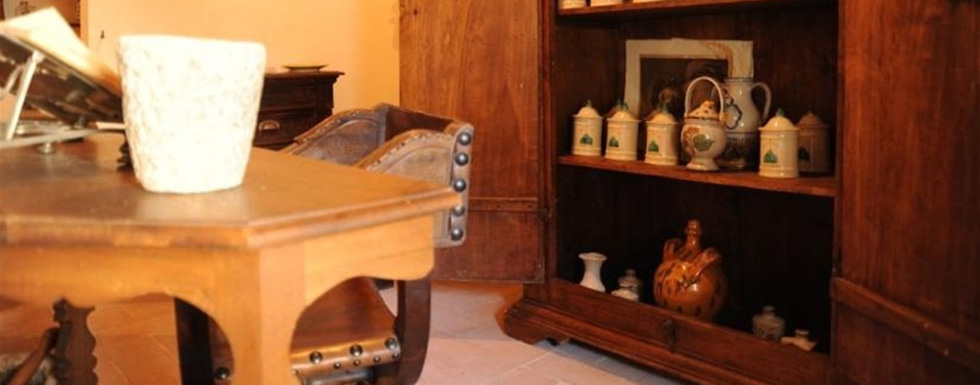In 1229, Blessed Giles (Aegidius), the third companion of St Francis, went to live on a hill called Monteripido, just outside the medieval gate of Sant’Angelo in north Perugia. This place, now with conventual buildings, a domus and an oratory, was given to the friars some years after his death, as a gift from the noble family Coppoli, who requested the friars to keep Giles in everlasting remembrance.
In 1374, the hermitage of Monteripido was given to Padre Vignozzi, known as Paoluccio (1309-1391), of the Trinci family from Foligno. He was a strong advocate of the Strict Observance movement, which sought a return to conformity to the original rule of the friars, and he won the dispute against the heretical friars.
The hermitage was A place where friars of great holiness and outstanding doctrine lived. With the power of his words, san Giacomo della Marca convinced many young men to enter the Order of the Friars, in a solemn ceremony held in the main square of Perugia. Giovanni da Capestrano, after having been a respected lawyer and “capitano del popolo” decided to become a Franciscan friar at Monteripido, where he spent his novitiate year.
Also at Monteripido, Bernardino of Siena founded the Studium Generale of the Order in 1440. While campaigning against exploitation in his sermons, he also promoted principles in favour of private property, fair trading, price determination and fair interest on loans. This teaching was successful among the friars at Monteripido and also gained universal success: modern banks based on revolving credit.
Among the friars of Monteripido was Br Barnaba Manassei from Terni, an ascetic and an economist, who had a contemplative charisma and a practical spirit to help the poor. In 1462, the project of founding the MOUNTS OF PIETY to release the poor from exploitation was initiated at Monteripido.
Tragic events took place in the 18th and 19th centuries: the Napoleonic decrees in 1810 and 1860 determined the suppression of every religious order and congregation. The convent and the library were confiscated, the friars were expelled and dispersed, the buildings were used for military purposes and then rented to certain families. In 1874, the friars repurchased the entire convent and on the 20th of May 1875, feast day of St Bernardino of Siena, the convent was re-opened. A new group of friars went to live there and new life was born at Monteripido.






